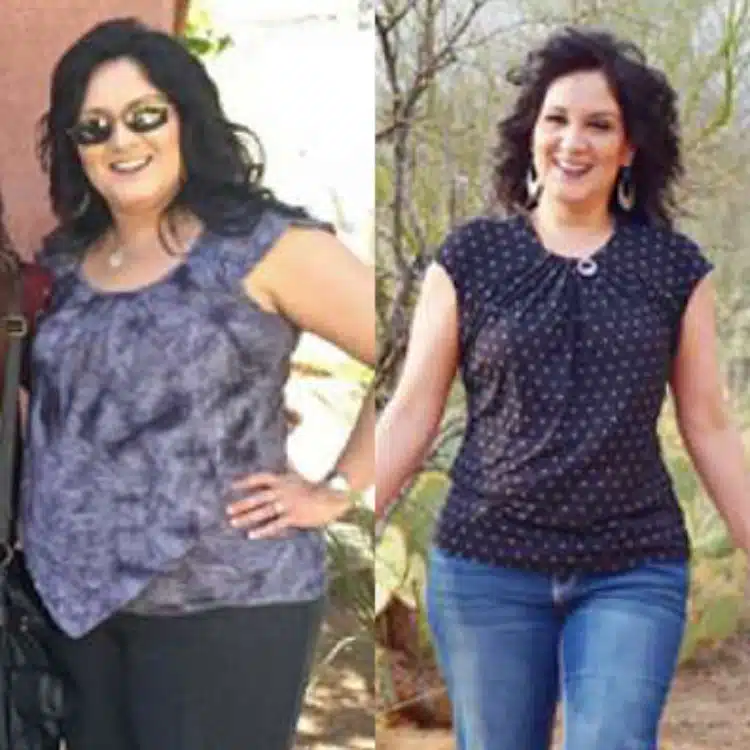Three years old is such an awesome age. Eyes open to the sky, arms stretched to the sun, an entire world of possibility just waiting beyond your fingertips.
At three, we start to realize that we can do hard things (potty training, anyone?) but also begin to ask the ubiquitous “whys.”
Why are unicorns sparkly? Why do cats purr? Why should I not put this Lego up my nose?
Adults ask why too, but our answers get a little more complicated. Hard to define. Smudgy. Far less unicorns.
Finding your why for a journey—particularly a weight loss journey—can be surprisingly difficult, but it is crucial to success.
Your why is the meaningful, and often deeply personal, reason which motivates you to change. It is what drives you, guides you and inspires you to keep moving forward to achieve your goals.
Intrinsic motivation comes from a continuous blending of activities and goal. Researchers from the University of Chicago call this the “means-ends fusion”—the means serves the end, and the ends serve the mean.
Your why is the sticky stuff—a proverbial Play Doh if you will—that holds it all together and gives you the fortitude for change. Your why gives you the courage, the strength and the determination to keep moving forward.
So how do you find your why?
You may have to offload a little excess baggage first. Get rid of all those beat up, torn, worn, dusty and broken thoughts and preconceived notions we sometimes carry around in our heads as adults from previous trips down the weight loss road.
That playground bully of an inner voice doesn’t get to tag along anymore. Now let’s get to work.
Finding your why is a three-step process:
Step One: Brainstorm.
Go to a private space and take out a piece of paper. Spend five minutes brainstorming every reason you can possibly think of for managing your weight. It doesn’t matter how small, serious, or even seemingly silly—just write down whatever pops in your head. It might help to first think of things that motivate other parts of your life. Aim for at least five things. Remember, there are no right or wrong answers here.
Step Two: Generalize then Minimize.
Generalize each item on your list. For example, if you have “fit into my old letter jacket by my high school reunion,” the generalized idea could be “feel confident when I see old friends.” “Play soccer with my kiddo” could be generalized to “play with kiddo.” Next, minimize your generalization into one word, such as “confidence” or “kiddo.” Write that word down on a green sticky note.
Step Three: Prioritize
Arrange your green sticky notes in a circle on a mirror. Put the reflection of your face at the center. Next, read each word out loud, pausing as you do so. What jumps out as the most important in your life right now? What is second in importance? Rearrange the sticky notes into a list with your first priority at the top.
Once you have your list completed, read it again. Still agree with the order? Leave your top priority on your mirror. There’s your why right now. Save the rest of your list for when you need another why for your journey later.
Your new why can be integrated into our Green Dot Program, which is detailed on our website in another blog. Just simply write your why on your green dots that you’ve already placed in places you visit often. Those green dots serve not just as reminders towards your commitment for meaningful change, but as your personal reason why to stay the course.
Happy travels and watch out for the Legos.
Jillian is the newest family nurse practitioner to join the Scottdale Weight Loss Center team. She serves as the clinician at our Chandler clinic and the why at the center of her green dot is her son.











